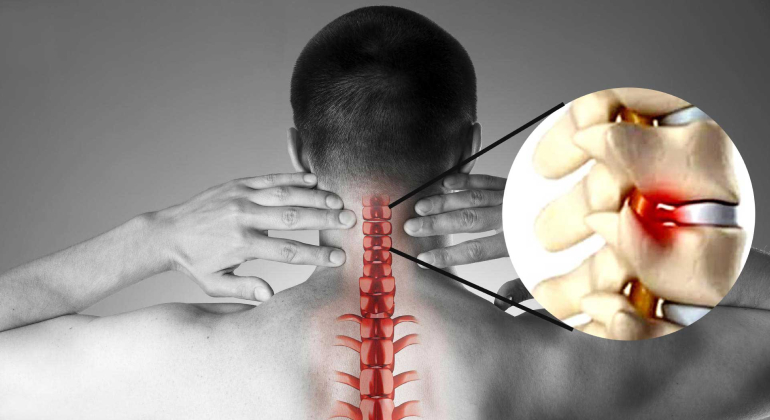Cervical spondylitis, also known as cervical osteoarthritis, is a degenerative condition that affects the cervical spine, leading to various symptoms, including neck pain, stiffness, and discomfort. While these are the primary symptoms, cervical spondylitis can also cause less common issues such as blurred vision. Understanding how cervical spondylitis can affect vision is crucial for both healthcare professionals and patients managing this condition.
What is Cervical Spondylitis?
Cervical spondylitis is primarily caused by the wear and tear of the cartilage and bones in the neck. It is more common in older adults but can also affect younger individuals due to factors such as poor posture, injuries, or genetic predisposition. The condition can lead to several symptoms, including:
Neck Pain and Stiffness: The most common symptoms of cervical spondylitis are neck pain and stiffness, which can range from mild to severe.
Headaches: Some individuals with cervical spondylitis may experience headaches, which can be a result of muscle tension or nerve compression in the neck.
Numbness or Tingling in the Arms and Hands: As the condition progresses, it can lead to nerve compression, causing symptoms such as numbness or tingling in the arms and hands.
Reduced Range of Motion in the Neck: Cervical spondylitis can limit the range of motion in the neck, making it difficult to turn or tilt the head.
How Cervical Spondylitis Affects Vision
While cervical spondylitis primarily affects the musculoskeletal system, it can also impact vision through several mechanisms:
Nerve Compression: The cervical spine contains nerves that supply various parts of the body, including the eyes. Degenerative changes in the cervical vertebrae can lead to nerve compression, which can interfere with normal vision. Studies have shown that nerve compression in the cervical spine can lead to visual disturbances, including blurred vision and visual field defects.
Reduced Blood Flow: Degenerative changes in the cervical spine can also affect the blood vessels that supply the brain and eyes. If these blood vessels are compressed or narrowed, it can lead to reduced blood flow, resulting in symptoms such as blurred vision, dizziness, and headaches.

Autonomic Nervous System Involvement: The autonomic nervous system, which controls involuntary bodily functions, can be impacted by cervical spine issues. Dysregulation of this system might contribute to visual disturbances. Research suggests that autonomic dysfunction due to cervical spondylitis can lead to Horner’s syndrome, which can affect vision.
Muscle Tension and Spasms: Muscle tension and spasms in the neck and shoulders, common in cervical spondylitis, can also impact vision. Tight muscles can exert pressure on the cervical vertebrae and nerves, exacerbating visual symptoms. Understanding the biomechanics & neural control of Eye Movements
The lateral rectus is one of the seven essential extraocular muscles that play a pivotal role in controlling eye movements. These muscles ensure precise and coordinated movements of the eyes, allowing us to look in all directions. Each muscle primarily directs the eye in a specific manner, and their combined actions enable a full range of motion.
The extraocular muscles include:
Four Rectus Muscles:
Medial Rectus: Moves the eye inward, toward the nose.
Lateral Rectus: Moves the eye outward, away from the nose.
Superior Rectus: Elevates the eye and turns it slightly inward.
Inferior Rectus: Depresses the eye and turns it slightly inward.
Two Oblique Muscles:
Superior Oblique: Rotates the top of the eye toward the nose and moves the eye downward.
Inferior Oblique: Rotates the top of the eye away from the nose and moves the eye upward.
Levator Palpebrae Superioris:
Responsible for elevating the upper eyelid, crucial for opening the eye.
These muscles are controlled by cranial nerves, which relay signals from the brain to facilitate eye movements. In conditions like cervical spondylitis, inflammation or irritation of these nerves can occur. Cervical spondylitis, a degenerative condition of the cervical spine, can compress or irritate the nerves that pass through the neck to the eyes. This nerve irritation can result in vision issues, such as difficulty in coordinating eye movements or maintaining a steady gaze.
Understanding the biomechanics and neural control of these muscles highlights the complex interplay required for normal vision and how disruptions can lead to significant visual disturbances.
Symptoms of Cervical Spondylitis

Patients with cervical spondylitis experiencing blurred vision may report:
Difficulty focusing: Blurred vision can make it challenging to focus on objects, particularly those at a distance.
Double vision: Some individuals may experience double vision, where they see two images of a single object.
Eye strain: Blurred vision can lead to eye strain, particularly when trying to focus on objects for an extended period.
Sensitivity to light: Blurred vision can increase sensitivity to light, causing discomfort in bright environments.
Visual disturbances, such as seeing halos around lights: Some individuals may experience visual disturbances, such as halos around lights, which can affect their ability to see clearly.
Episodes of transient vision loss: In severe cases, cervical spondylitis can lead to episodes of transient vision loss, where individuals may temporarily lose their vision.
The incidence of visual dysfunction caused by cervical spondylosis ranges from 3% to 22.4% of other atypical symptoms. A latest meta-analysis reported that the incidence of blurred vision caused by cervical spondylosis approximated at 2.6%.
Diagnosis of cervical spondylitis
Diagnosing the root cause of blurred vision in cervical spondylitis patients involves a comprehensive approach. Healthcare providers typically perform:
Physical Examinations: Assessing the patient’s neck movement, posture, and any signs of nerve compression or muscle tension.
Imaging Studies: Xrays, MRI, or CT scans can reveal degenerative changes in the cervical spine, such as bone spurs, disc herniation, or narrowing of the spinal canal.
Neurological Assessments: Evaluating the patient’s reflexes, muscle strength, and sensory function to identify any nerve involvement.
Eye Examinations: Conducting thorough eye exams to rule out primary ocular conditions and confirm the link between cervical spondylitis and visual symptoms.
Management and Treatment
Addressing blurred vision associated with cervical spondylitis requires a multifaceted treatment plan:
Physical Therapy: Strengthening neck muscles and improving posture can alleviate nerve compression and enhance blood flow. Physical therapy can also help improve neck muscle strength and reduce symptoms of cervical spondylitis.
Lifestyle Modifications: Ergonomic adjustments, regular exercise, and stress management techniques can improve overall spinal health. For example, using a supportive pillow, maintaining good posture while sitting and standing, and taking frequent breaks from activities that strain the neck can help reduce symptoms.
Vision Care: Regular eye checkups and appropriate corrective lenses can help manage visual disturbances. Additionally, eye exercises and visual therapy may be recommended to improve eye coordination and focus.
Alternative Therapies: Some patients may find relief through alternative therapies such as acupuncture, chiropractic care, or massage therapy. These treatments can help reduce muscle tension, improve circulation, and alleviate symptoms associated with cervical spondylitis.
Conclusion
Understanding the connection between cervical spondylitis and blurred vision highlights the importance of a holistic approach to managing this condition. By addressing both the primary symptoms and associated complications, healthcare providers can offer comprehensive care that enhances the quality of life for patients with cervical spondylitis. If you or a loved one experiences neck pain accompanied by visual disturbances, seeking prompt medical attention is crucial for effective diagnosis and treatment. Early intervention and a tailored treatment plan can help manage symptoms, prevent further complications, and improve overall wellbeing.
For more information on effective pain management practices, visit Painflame Clinic
Recent Blog : Hip and ankle misalignment are the real culprit of knee pain
What is cervical spondylitis, and how does it differ from other neck conditions?
Cervical spondylitis, or cervical osteoarthritis, is a degenerative condition affecting the cervical spine, leading to symptoms like neck pain and stiffness. It differs from conditions like cervical radiculopathy, which involve nerve compression due to herniated discs.
How does cervical spondylitis cause blurred vision?
Cervical spondylitis can lead to blurred vision through mechanisms such as nerve compression in the cervical spine, reduced blood flow to the eyes, and autonomic nervous system involvement, impacting visual function.
What are the common symptoms of cervical spondylitis?
Common symptoms include neck pain and stiffness, headaches, numbness or tingling in the arms and hands, and reduced range of motion in the neck. In some cases, patients may also experience blurred vision and other visual disturbances.
How is cervical spondylitis diagnosed?
Diagnosis typically involves a physical examination, medical history review, and imaging studies such as Xrays or MRI scans to assess the cervical spine’s condition and rule out other potential causes of symptoms.
What are the treatment options for cervical spondylitis?
Treatment may include physical therapy to strengthen neck muscles, medications such as NSAIDs to manage pain and inflammation, lifestyle modifications, and in severe cases, surgical interventions to relieve nerve compression.







